It’s fall, and you’ve got a vegetable garden. Now it’s time to prepare vegetable garden for winter.
As we head into autumn, many of us will be thinking about our vegetable gardens. We’ll be planting seeds, fertilizing, and watering. But before we do any of these things, we should make sure our plants are prepared for the long winter ahead.
This guide will help you get started with preparing your garden for winter, so you can enjoy the fruits of your labor throughout the year.
I’ll cover everything from how to choose the right vegetables to plant, to how to protect your crops from frost damage.
8 Tips to Prepare Vegetable Garden for Winter
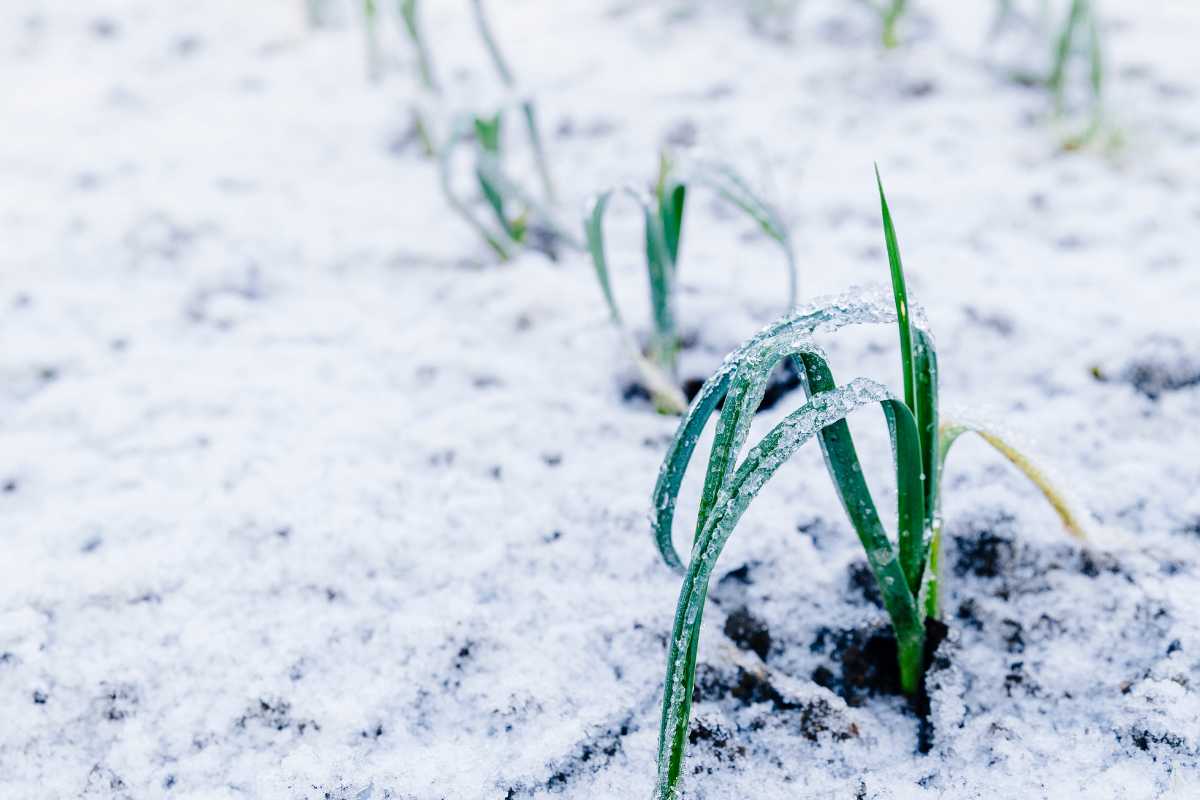
I’m going to share with you my top tips for preparing your vegetable garden for the winter. These will help you get the most from your garden during the growing season, and ensure you have a bountiful crop of vegetables to enjoy throughout the year.
Tip 1 – Clean Up Debris and Diseased Plants
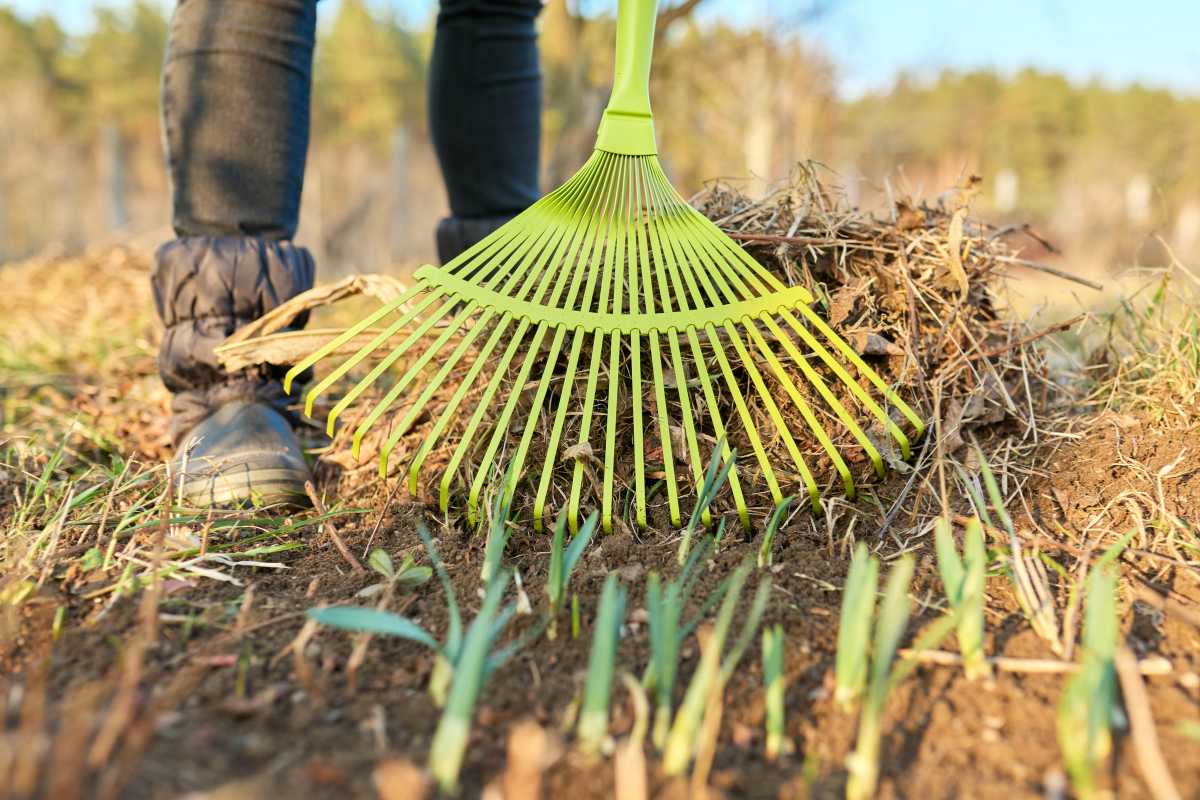
Your first job after the regular growing season comes to an end is to clean up. This task means clearing the area of any annuals that have been cropped and died off. Keep an eye out for any dried-out pea pods, as you can save them for seed the following year.
Suppose you are growing winter vegetables or saving any biennials to harvest the seeds next season (like parsnips or beets), clear the surrounding soil from any weeds and debris.
Pretty much everything you clear out can be added to your compost. But if you come across any foliage or rotten vegetables with mildew, mold, or blight, then put it in the trash just to be safe.
Tip 2 – Mulch
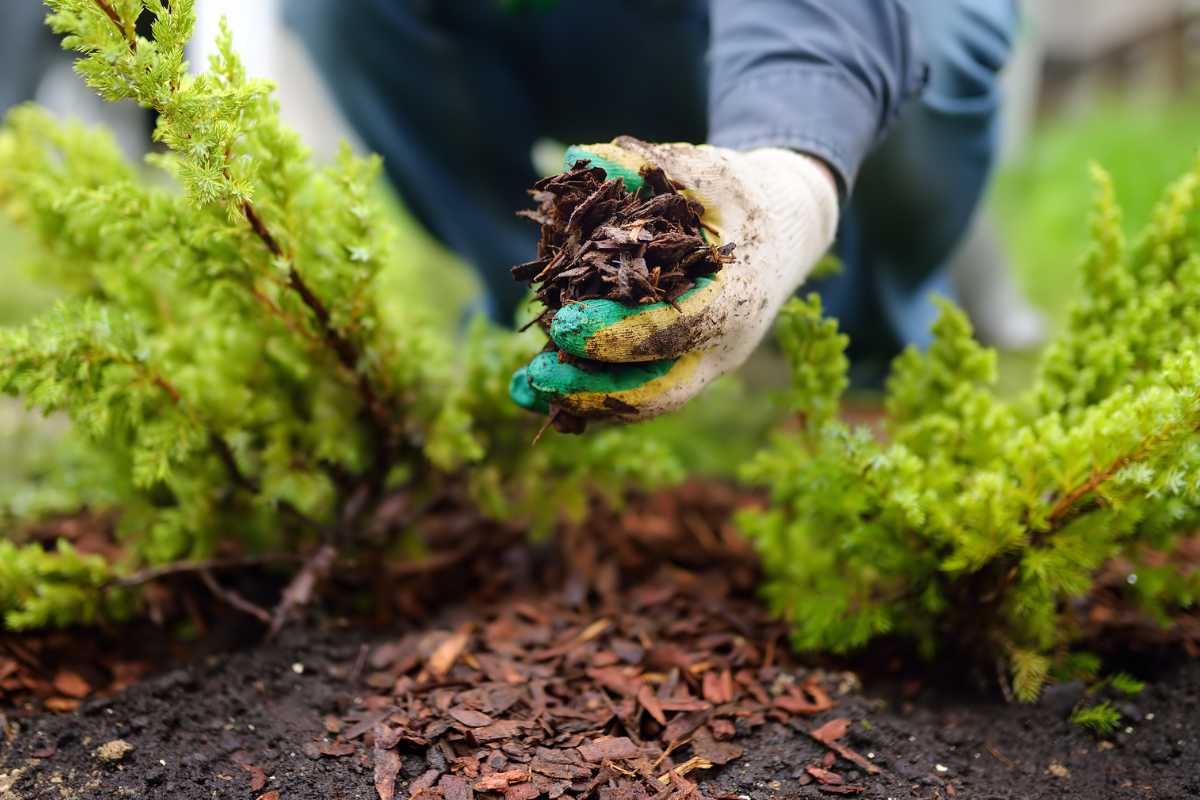
To prepare your soil for next year, the best time to add mulch is right after you’ve cleared your vegetable garden.
Make sure the beds are completely weed-free and well-watered, then spread around 5 cm of well-rotted compost over the top. Some gardeners dig the compost in, but the no-dig method is becoming increasingly popular.
Once you’ve applied your layer of mulch, you can cover it with cardboard to protect the soil. This step isn’t essential, but it is recommended if you have raised beds or are following the no-dig method.
Not only will it protect the soil, allowing the microbes to work all winter, but it will suppress weeds.
Tip 3 – Plant Vegetables at the End of the Season
Planting at the end of the season may seem counter-intuitive, as you are clearing your garden for its dormant winter period, but there is no reason why you can’t have a year-round vegetable garden.
Some winter vegetables will have been planted in the summer in areas used by early crops like early potatoes, broad beans, and some varieties of peas.
In September, you can plant winter lettuce, radishes, and salad greens for quick crops and sow broccoli, cauliflower, and some varieties of onion to harvest the next year. You can also plant green manure like Italian Ryegrass or mustard to improve soil quality.
In October and December, you can plant garlic, fall onion sets, Chinese leafy vegetables like bok choi, lettuce, spring cabbages, and some varieties of broad beans and peas.
Hunt for Bargains
The change in seasons will be a great time to grab some bargains for next year. Many garden centers will be selling off compost and soil, among other things, at a reduced price.
Beautify the Garden
Fall is a great time to spruce up your vegetable patch. You may be able to buy raised beds or edging more cheaply than you would in the spring.
If you do it in early fall, the ground will be soft enough to work. You can then compost and prep your new areas, leaving them ready to go come spring.
You can also use the fall to repair any holes or broken panels in sheds or greenhouses to make sure your garden tools stay dry over the winter.
Tip 4 – Gather the Leaves
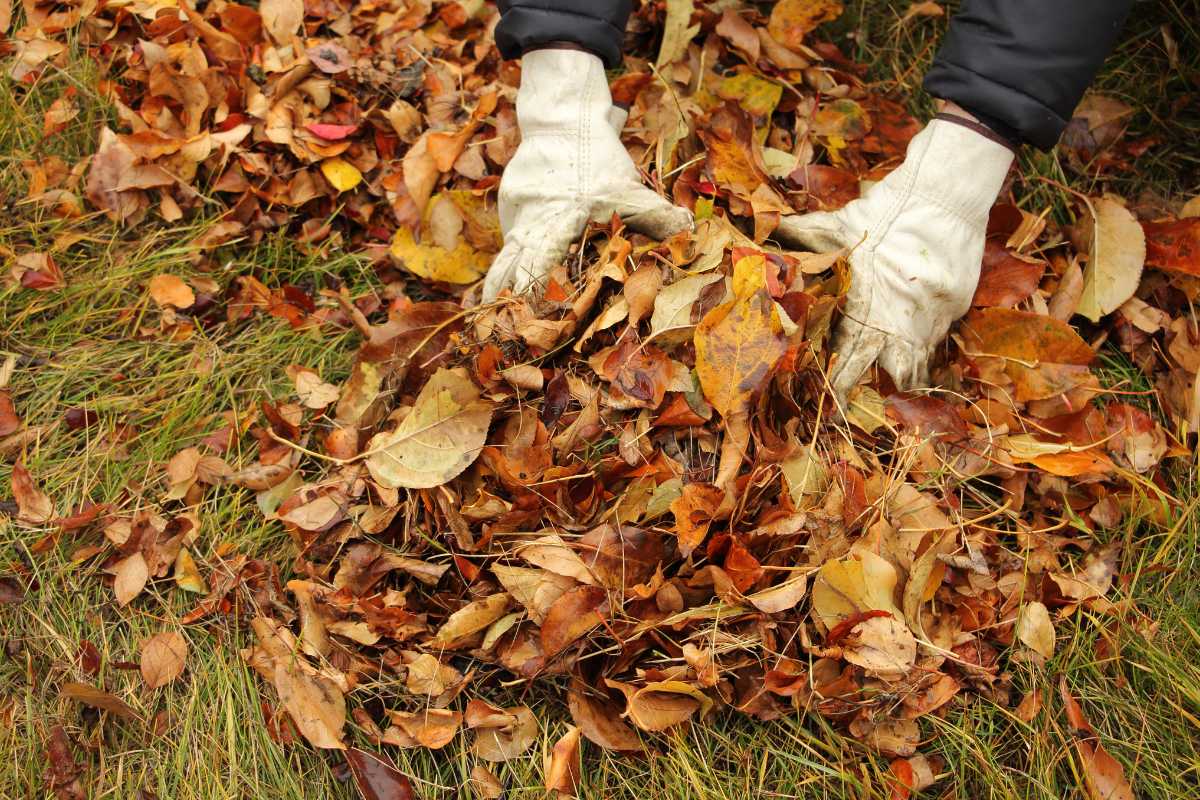
Fall leaves hold a wealth of benefits and nutrients, and can be stored in numerous ways. Dried leaves are classed as a brown material (when they are fresh, they are classed as green).
Keeping dried leaves and adding them to the compost throughout the winter can help balance out your compost if you are just adding food scraps over the winter. You can add them to your compost all in one go or save them to add in layers.
Leaf mold is also a valuable soil conditioner and is formed from decaying leaves. The leaves of hornbeam, beech, and oak trees produce the highest quality leaf mold.
To make leaf mold, first, you need to gather leaves. If you are collecting from a public space, you first need to establish if you are allowed to take them. Forest and wild areas rely on fallen leaves, and they are an essential part of the ecosystem. So only gather leaves from places where the leaves will probably be removed anyway.
Leaves found around busy roads will probably be contaminated by car fumes, but quieter streets will probably be okay. You could also score points with your neighbors if you offer to clear their yard!
You can collect leaves using a rotary mower, which shreds the leaves and adds grass clippings to the mix, increasing the nutrient value.
Once you’ve collected your leaves, place them in a bin liner. Add a little water if they are dry, and pierce the bag with a garden fork. Leaves take around two years to break down, so store the bags away and get out any other bags you have previously filled to use as mulch.
Tip 5 – Start Planning for Next Year
If you are following a crop rotation system, fall is the perfect time to plan which crops are going to go into the garden beds next. Prepare the beds you will be leaving empty over winter, and set up any beds that will contain plants during the summer months.
You can start planning and preparing what you will be putting in next, propagating seeds in your greenhouse ready to harden off and transplant in the coming months. You can also start deciding what and when you will be growing in the spring.
Read more about Vegetable Garden Layout Planning.
Tip 6 – Save and Organize Your Seeds
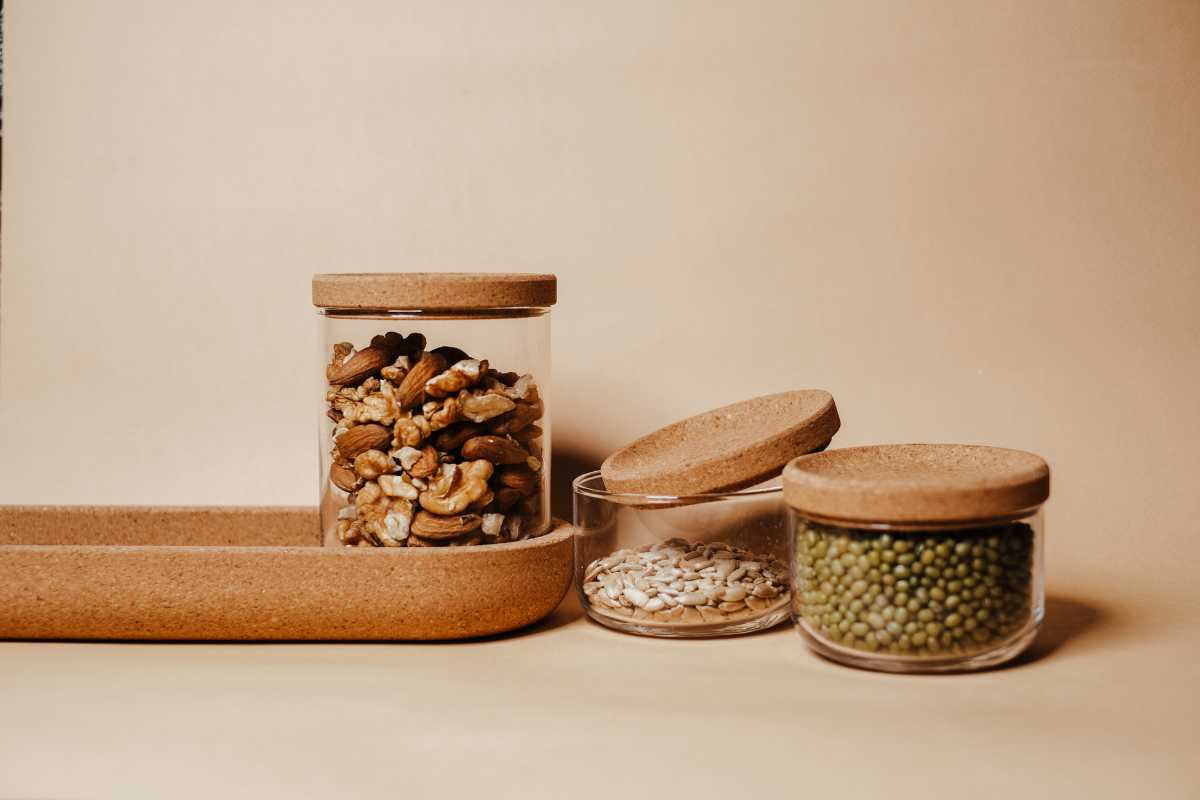
Fall is the perfect time to organize your seeds if you are seed-saving. By now, you will probably have fermented and dried most of your tomato seeds, and gathered your dried peas.
Seeds from biennials will be ready around August to September. Take this time to sort through your stock, ensuring everything is dried and stored correctly.
You will likely be processing pumpkin seeds in October, as you may have saved your pumpkins for Halloween! As the weather will be getting cooler, take extra care to dry them properly.
Tip 7 – Check Your Soil’s pH
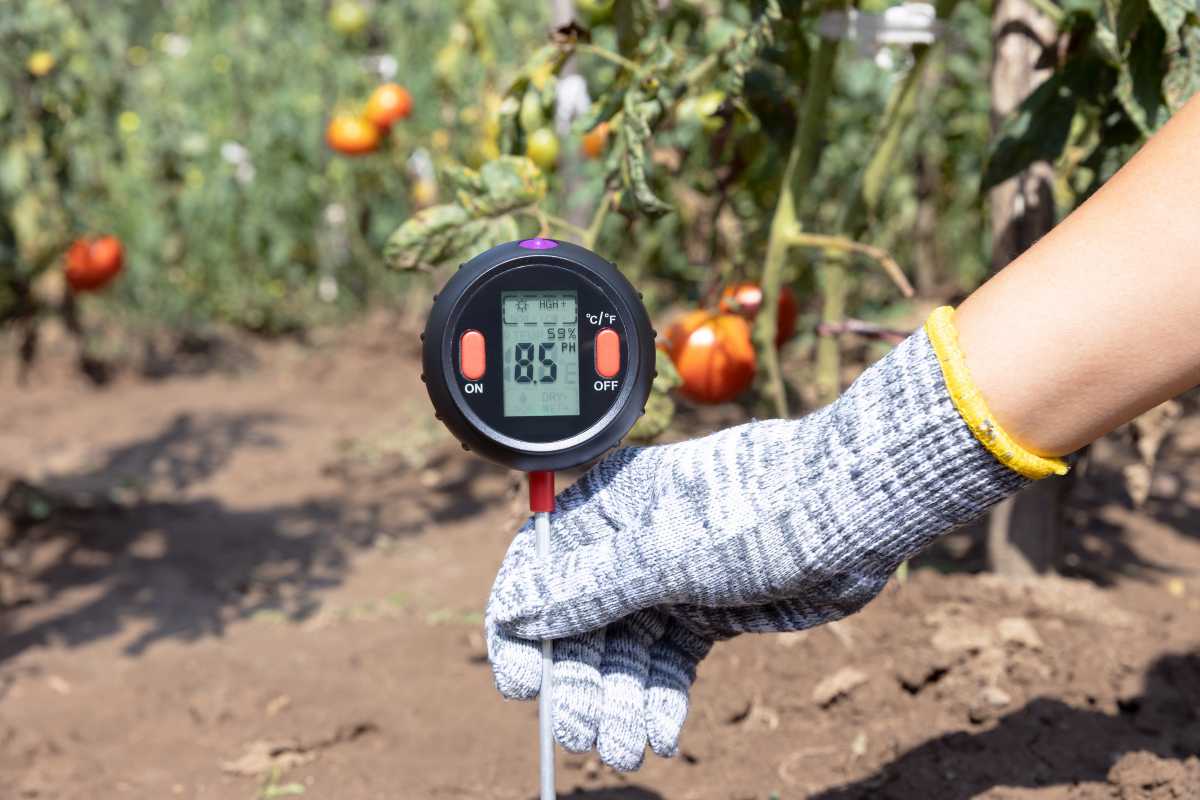
Fall is a good time to test your soil and add amendments if needed. Testing the ground gives you a clear indication of what your soil needs.
Soil tests allow you to identify and prevent any issues before they occur in spring.
By adding amendments in the fall, it will enable the nutrients to dissolve into the soil over the winter
Read more about Preparing Vegetable Garden Soil.
Tip 8 – Store Anything You Can Re-use
Anything that can be re-used should be cleaned and stored to prevent it from getting weathered over the winter.
Garden canes, tools, netting, and cloches should be given a good clean and allowed to completely dry before you store them away.
Ensure your reusable garden tools are kept in a dry shed or greenhouse to prevent mold from forming, and covering them in sheets helps keep dust and debris off them.
Prepare Vegetable Garden for Winter Final Thoughts
Cleaning and preparing your vegetable garden in the fall and winter will help make it easier to grow crops the next spring. A little extra effort in the fall will make it that much easier to grow the next season.
You might be interested in these other articles:

